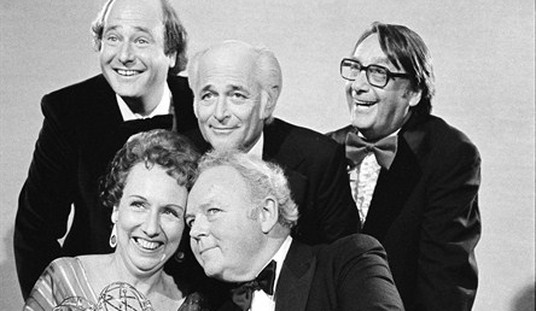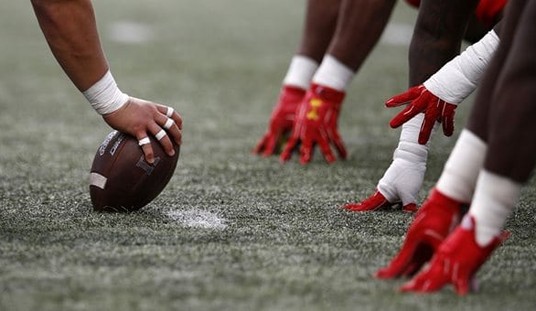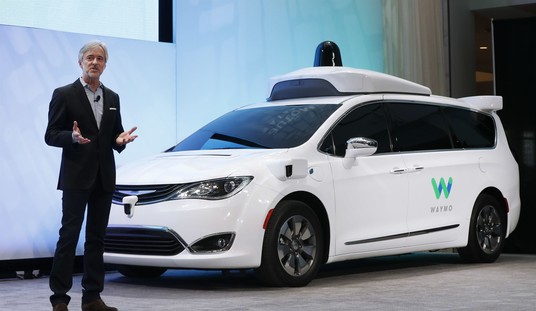
The Republican Party has long been thought of as the party of the wealthy. That perception has been turned on its head under the leadership of President Trump.
Fox News’ Maxim Lott looked at recent donor activity data from the Federal Election Commission which revealed some surprising shifts in GOP donation patterns.
The most remarkable changes were found in the number of small-dollar donors (under $200).
61% of 2020 contributions to the Trump campaign have come from small-dollar donations. In 2016, the final number was 65%.
To gain an understanding of just how meaningfully the pattern has changed, in 2008, 25% of John McCain’s donations came from small donors. For Mitt Romney in 2012, the figure was 26%.
Michael Johns, a co-founder of the national Tea Party movement and a former White House speechwriter to President George H.W. Bush told Lott:
The Republican Party today is a vastly different party than it was five years ago.
The American people are demanding a secure border, demanding an end to the exploitative and unfair trade policies… and demanding an end to an unresponsive swamp culture.
Johns noted that “first the Tea Party, and then Trump, expanded the base to today’s blue-collar and working Americans.”
Johns added that he hopes the increase in the percentage of small-donors:
Signals the Republican Party is becoming the party of working people.
We need to call greater attention to how liberal Democrats have mismanaged our largest cities and let down urban voters. … We do this well and we can start to see a complete revolutionary shift, including solidifying the Republican Party as the party of working people.
Historically, high percentages of small-donor donations have been more commonly associated with the Democratic Party.
Lott spoke to Alex Baumgart, individual contributions researcher at the Center for Responsive Politics, who said:
Democrats have traditionally been the party that has benefited the most from cultivating a small donor base. It’s pretty clear from the numbers that Trump has done a lot to change that dynamic — the populist edge he’s brought to campaigning is clearly something that is resonating with small donors on the right.
Conservative activists say Trump has changed the party.
The populist edge he’s brought to campaigning is clearly something that is resonating with small donors on the right.
Among the twenty current Democratic hopefuls, 51% of contributions came from small-donors. For Hillary Clinton in 2016, this figure was 26%. For President Obama in 2012, it was 43%.
Here’s a look at how some of the 2020 Democrats are faring:
Sen. Cory Booker: 21%
Former Vice President Joe Biden: 38%
Sen. Kamala Harris: 41%
South Bend, Ind., Mayor Pete Buttigieg: 49%
Rep. Tulsi Gabbard: 61%
Tech entrepreneur Andrew Yang:
Sen. Elizabeth Warren: 67%
Sen. Bernie Sanders: 77% (highest)
New York City Mayor Bill de Blasio: 9% (lowest)
Anthony Fowler, a professor of public policy at the University of Chicago Fowler explained that “studies show getting money from big donors is not necessarily bad…If there are any concerns that politicians behave differently because they’re getting donations from rich people, corporate interests, etc., we haven’t found much evidence in support of those concerns.”
The figures cited above do not include contributions made to “political action committees,” or PACs. Trump has two PACs, “Trump Make America Great Again Committee” and “Trump Victory.” Lott reports:
Money raised through those groups is then split between the Trump campaign and the Republican National Committee, which promotes Trump independently.
The Trump PACs get 47 percent of their contributions from small donations.
With Trump PACs included, small donations given for Trump total $115,697,683 for the 2020 election cycle, and large donations total $117,457,166.
According to Baumgart:
While Trump has collected lots of small checks, he’s also still pulling in the major checks and big contributions.
What really sets Trump apart from other Republicans in the past is the fundraising machine that he has created. He’s a natural campaigner who has been actively running for reelection since his inauguration. Consequently, the campaign has been able to capitalize on this by fundraising off the back of the numerous political battles that have taken place since then.
Trump’s unprecedented decision to fundraise ever since the last election makes it less likely he’ll be outspent as the election goes forward; in 2016, Trump was outspent nearly 2-to-1.
Since the time that Democratic candidates started fundraising in 2019, all Democrats combined have pulled in more donations than Trump ($209 million compared with $106 million that Trump secured in 2019).
But because of his early start, $233 million has gone to Trump and his PACs for 2020, more than all Democratic rivals combined.
I think it’s safe to say that Donald Trump has changed the GOP and that Trump’s populist message is resonating with middle income earners. Before Trump’s 2016 candidacy, Republicans were considered the party of the rich. And Democrats tended to take blue-collar workers and low-to-middle income earners for granted. I think what these numbers are telling us is that strategy is over. Times have changed. Democrats can ignore the new normal at their own peril.












Join the conversation as a VIP Member